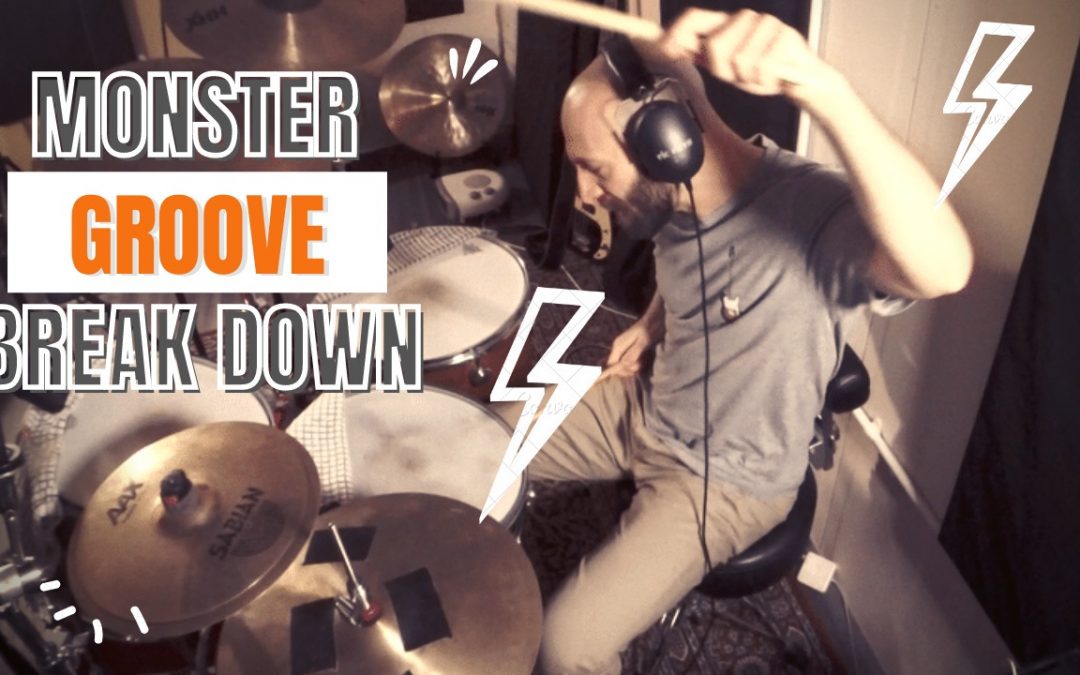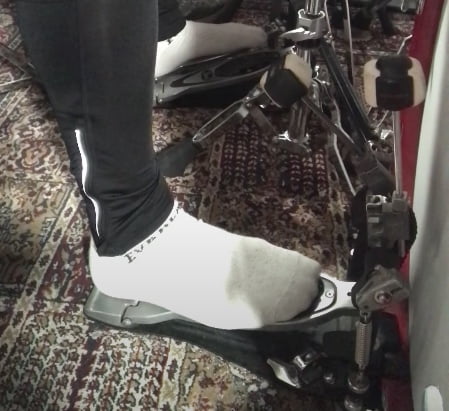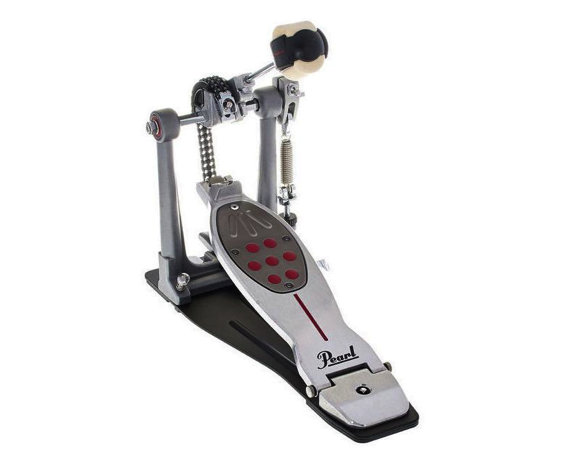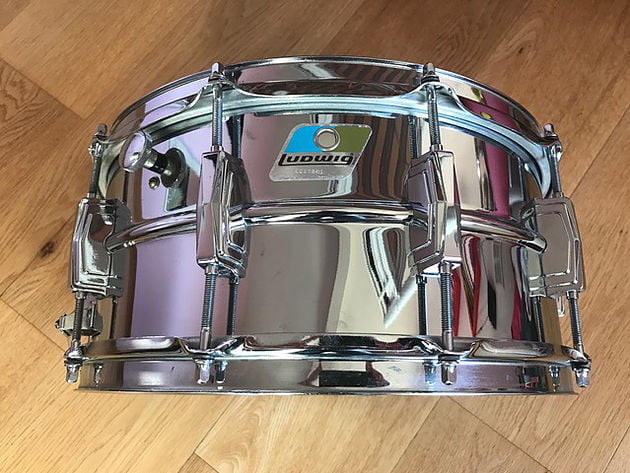How to play drums is popular Google search, so when trying to answer how to play drums I don’t think there are rights or wrongs. That said, there are commonly accepted beliefs, which include:
- Solid time keeping is probably the most important aspect of playing the drums
- Certain specific technical best practices help you achieve power and speed
- Some styles, phrasings and grooves are more popular / trendy than others
- The chops (speed and technicality) versus pocket (groove and feel) debate will rage on
But beyond that, in terms of how you choose to play drums, the world is your oyster. That’s the beauty of it; the freedom to express yourself however you like.

Jojo Mayer, the modern master drummer.
Key skills
Any of the key skills that are required to play drums can be developed with practice. Put enough time, patience and perseverance, and you too can become a great drummer. Malcolm Gladwell, in his book Tipping Point (2000), suggests that you can master anything if you spend around 10,000 hours of deliberate practice. And whilst this sounds daunting, it’s also reassuring to know there’s measurable metric! But think about it, realistically, you don’t need 10,000 hours to become a decent drummer… But the quest for greatness is irresistible!
Now, for those who have a natural knack for the instrument, all it simply means is that things will come to them more easily. Yet, if you’re thinking “I have zero rhythm” before you’ve even sat down behind the kit, you’re setting yourself up for failure.
So, to answer how to play drums, below are what I consider to be the key technical / practical skills, and the transferable skills essential to address the query.
Technical / practical
These are the skills directly linked with how to play drums.
Time
Having good control of time and keeping a steady beat is the biggest one! This establishes trust with your audience as well as your bandmates. Think that audiences will feel taken care of because they know what to expect. No sudden increases or decreases in tempo means they can focus on enjoying the music and dancing.
Similarly, having steady time also establishes trust with your bandmates! Holding a steady groove means your bandmates can focus on playing the best they can. Moreover, having a good concept of time and being aware of tempos will make a song feel good. Think that if you play your favourite song too slow or too fast, it can break its feel and vibe.

The metronome is your greatest tool in developing great time.
Reading
To me being able to sight read doesn’t just help with being able to do gigs where charts are required. This skill, to me, strengthens the connection between your mind and body, helping reaction times. Reading also means we write music, allowing us to transcribe grooves and ideas!
Co-ordination
Yes, when we think about how to play drums we think moving your hands and feet interdependently. But this isn’t something you’re born being able to do, it’s a skill we develop. A simple way to this octopus-like ability is by using short, repeating rhythmic patterns (ostinatos). Here’s a great example of a melodic ostinato with the feet over hands soloing; follow this link and be amazed!

Richard Kass – Drum Interpretations #1 – György Ligeti “Hungarian Rock”
Technique
When you see drummers playing at blazing tempos, they’re playing as tension free as they can. They achieve this by letting the stick (and pedals) do most of the work. Playing drums isn’t about “hitting” things, but more about throwing the sticks and controlling their bounce (known as the rebound). Having good technique means being able to do more, at faster tempos, more easily.
Musicality
To play musically, a drummer needs to understand the music he or she is playing and be sympathetic to it. This is a big aspect of the how to play drums question. Obvious as it may seem, generally-speaking you wouldn’t play metal grooves with a jazz ensemble, unless that’s what’s required. Think musically!
Musicality has several implications, from the gear you’d use (e.g. drum sizes and woods, drum skins, type of sticks, cymbals, etc), to the tuning of the drums, the techniques you’d use and the touch you’d need. All this stuff falls under the “taste” umbrella; knowing what to play and when to do so.
Key transferable skills
The following aren’t specific to the drums but are just as important as the technical ones.
Listening
Actively listening to the music you’re playing means paying attention to what each instrument is doing. Likewise, being able to pay attention what your band members say is just as crucial. Listening is an important aspect of communication, and helps you be more musical!

Listening is a key skill in learning how to play drums!
Physical and mental awareness
In order to develop good technique, being aware of your body and, likewise, knowing your mind in order to get the most out of your learning are crucial!
You can learn more about this on my article about using yoga techniques to improve your drumming here!
Discipline
Consistent practice is king! Carve time out of your daily schedule to sit behind the kit. Remember too that focused practice isn’t the same as jamming to songs for fun. One involves developing specific skills whilst the other is about decompressing involves the latter. This doesn’t mean, however, that you can’t incorporate play-alongs / fun into your practice!
Patience
Like I previously mentioned, getting good takes time. Patience is key in achieving long-term results… learning something new takes time! And sometimes you have to practice something really slowly at first to get it right. Practice makes progress!
Open-mindedness
This is self-explanatory.
Humility
Hand in hand with open-mindedness, keeping a humble attitude will make you more receptive to learning new things from others. Particularly those who are farther along the road in their playing journey.
Wrapping it up!
I hope this has been insightful! At least it wasn’t a case of “Q: how to play drums? A: one note at a time”. Ultimately, there are no easy answers, or a magic trick, to the how to play drums conundrum (pun intended)!
If you’re interested in taking drum lessons, check out lessons page here and get in touch and we’ll arrange a time!
Nick


















